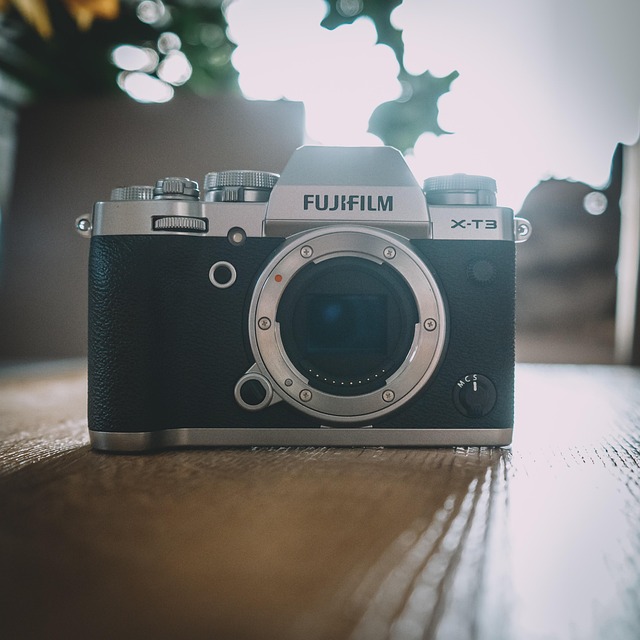When you dive into the world of photography, selecting the right lens is one of the most critical decisions you’ll make. If you are armed with an APS-C camera, understanding the unique strengths and quirks of this sensor size opens up a realm of creative possibilities. Here’s your guide to mastering APS-C optics that will elevate your photography game.
APS-C sensors are beloved for their versatility. They often grace the bodies of enthusiast and entry-level DSLRs and mirrorless cameras alike. With a crop factor typically around 1.5x to 1.6x, these sensors allow for enhanced reach with telephoto lenses while also demanding an understanding of how different lenses affect your composition. Choosing your lens carefully can make all the difference in capturing stunning photos that speak to your artistic vision.
Choosing Versatile Lenses
For those who thrive on adaptability, prime lenses with fast apertures like the 35mm f/1.8 or 50mm f/1.4 can provide incredible image quality and beautiful bokeh. The cropped factor gives you the advantage of a more favorable field of view, making it an excellent choice for street photography, portraits, and low-light scenarios. These lenses tend to be lighter and more compact, making them a no-brainer for on-the-go photographers.
Wide-Angle Wonders
When shooting landscapes or cramped interiors, wide-angle lenses become indispensable. On an APS-C, consider something like a 10-18mm f/4 or 16-35mm f/4. These optics provide the expansive views that reveal the grandeur of nature or the chaos of a bustling city. Just be mindful of distortion at the edges; knowing how to compose your shot is key to keeping your photos clean and professional.
Telephoto Lenses: Reaching New Heights
For those who love wildlife or sports photography, a solid telephoto lens is essential. With an APS-C sensor, a lens like a 70-300mm can offer stunning magnification, allowing you to capture details from an impressive distance. The ability to isolate your subject from its background creates striking images that showcase the beauty of a moment frozen in time. Just remember to use a tripod or image stabilization mechanism to enhance sharpness at longer focal lengths.
Macro Lenses for Intimate Details
Don’t overlook macro lenses if you’re fascinated with the little things in life. An APS-C-compatible macro lens, like a 60mm f/2.8, can transport you into a world of intricate details that often go unnoticed. You can capture the delicate textures of petals or the intricate patterns of insects. This genre of photography cultivates patience and a keen eye, rewarding you with beautifully unique images.
Final Thoughts on APS-C Optics
Your choice of lens significantly influences how you express your artistry through the lens of an APS-C camera. Each type of lens contributes to a different storytelling style and enhances your photography experience. As you explore your options, remember to consider the kind of photography you’re most passionate about, and what lenses will best complement your vision. Mastering APS-C not only empowers your technical skill but deepens your connection to the craft itself.




